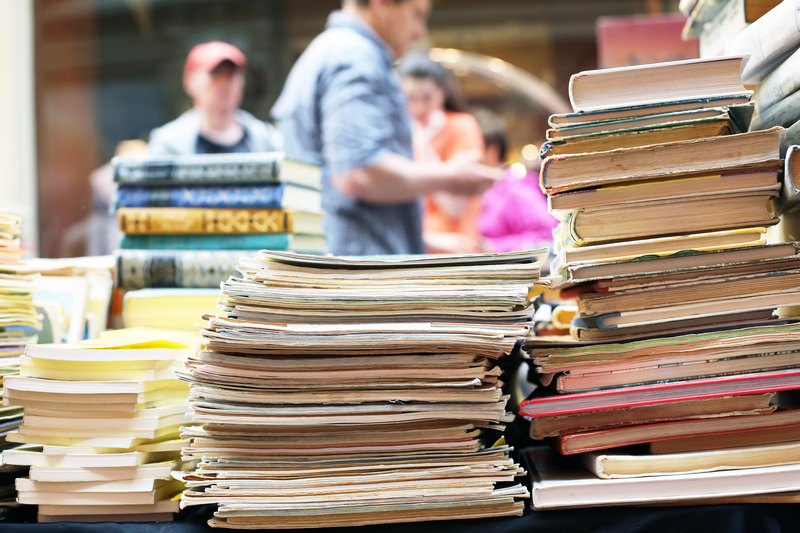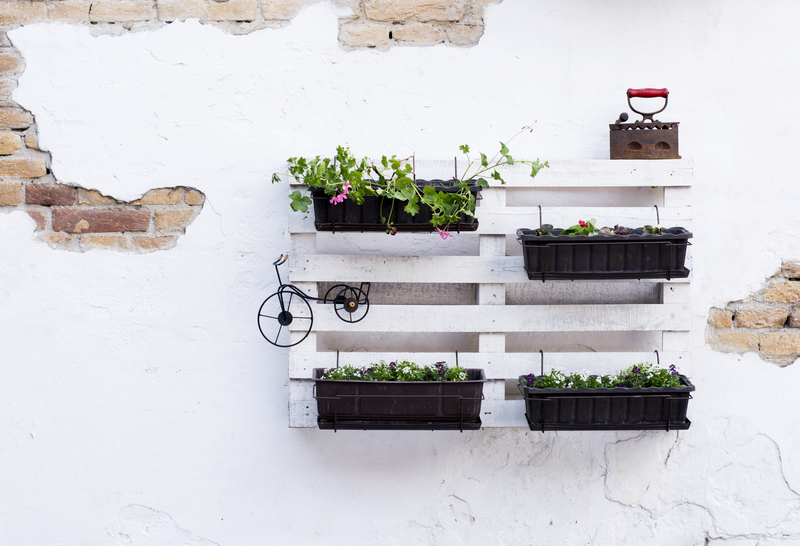What Happens to Pots and Pans After You Recycle Them?
Have you ever wondered what happens to old pots and pans after you recycle them? While it's easy to toss these kitchen items into the recycling bin and forget about them, the journey of these household essentials is far from over. In today's rapidly changing world, proper recycling of cookware not only conserves resources but also reduces landfill waste and helps protect our environment. In this comprehensive article, we'll delve into the lifecycle of recycled pots and pans, explain the recycling process, and explore the many ways these everyday objects find new life after they're discarded.

Why Recycle Pots and Pans?
Pots and pans are made from highly recyclable materials like aluminum, stainless steel, cast iron, and copper. Because of their durability and metal content, they have significant value in the recycling stream. Here's why it's important:
- Environmental Conservation: Recycling reduces the need for mining and conserves natural resources.
- Landfill Diversion: Old cookware can take decades or centuries to decompose if sent to landfills.
- Energy Savings: Producing new metals requires much more energy than recycling existing metals.
- Economic Benefits: Recycled materials fuel manufacturing, supporting local economies.
How to Prepare Pots and Pans for Recycling
Before pots and pans enter the recycling process, they must be properly prepared. Below are some key steps:
- Remove Non-Metal Parts: Detach plastic handles, glass lids, or rubber components. Many recycling centers only accept pure metal items.
- Clean Thoroughly: Scrub away any grease, food residue, or burnt bits. This ensures the metal can be processed cleanly.
- Check Local Recycling Guidelines: Not every curbside program accepts cookware, so it's important to confirm what's accepted and find out if drop-off sites are available.
Tip: If the pots and pans are still usable, consider donating or repurposing them before recycling.
The Recycling Process: Step by Step
So what happens to cookware after you recycle it? Let's break down the typical recycling journey of old pots and pans:
1. Collection and Sorting
Once you drop your recyclable cookware at a local recycling center or through organized collection programs, it's transported to a recycling facility. There, it's sorted by:
- Material Type: Aluminum, stainless steel, copper, and cast iron must be separated.
- Usability: Items in very good condition might be diverted to reuse networks or charitable organizations.
2. Shredding and Crushing
The sorted metal pots and pans are then passed through industrial shredders. These machines break down large cookware into smaller, uniform pieces -- making them easier to handle during the next stages.
- Why shred? Smaller pieces melt faster and uniformly, maximizing energy efficiency during the recycling process.
3. Separation and Cleaning
A critical stage involves removing any remaining impurities. Powerful magnets and advanced technologies are used to:
- Separate Ferrous from Non-Ferrous Metals: Most pots and pans are made from metals like stainless steel or aluminum, which are easy to separate with automated machinery.
- Remove Leftover Plastics or other non-metallic parts via density separation or manual sorting.
Any residual coatings (such as nonstick Teflon) may be burned or stripped off through high-temperature furnaces or chemical treatments.
4. Melting and Purification
The cleaned metal fractions are melted in smelting furnaces that reach temperatures up to 1500?C (2700?F).
- This step purifies the metal and removes any contaminants that weren't separated earlier.
- The molten metal is rigorously tested for quality and composition before being cast into new forms.
5. Casting and Manufacturing New Products
Finally, the recycled metal is poured into molds (called ingots or billets), which are then cooled and shaped for transport to factories. At this point, the material can be used for a wide variety of new products, including:
- New Cookware: Recycled metal often returns to the market as fresh pans, pots, or kitchen utensils.
- Car Parts: Automotive manufacturers use recycled aluminum and steel to make vehicle components.
- Building Materials: Recycled metal finds its way into construction beams, frames, and pipes.
- Consumer Goods: Everything from bicycles to laptops can be made with recycled metals.
What Types of Pots and Pans Are Most Commonly Recycled?
Not all cookware is created equal. Some types are more easily recycled than others. Here are the most common:
- Aluminum Cookware: Lightweight, rust-resistant, and highly sought after in scrap metal yards.
- Stainless Steel Pots and Pans: Durable and almost universally accepted at recycling centers.
- Copper Pots: Premium scrap value and very recyclable.
- Cast Iron Skillets: Can be melted and recast, though less efficient due to weight.
- Nonstick and Coated Pans: Can be recycled, but may require additional processing to remove Teflon or ceramic coatings.
Challenges in Recycling Pots and Pans
The recycling process isn't always straightforward. Some obstacles include:
- Mixed Materials: Handles, knobs, and lids made from plastic, wood, or glass make sorting and processing more difficult.
- Non-Stick Coatings: Cookware with Teflon or ceramic coatings may need extra energy and effort to recycle safely.
- Low Volume: Unlike beverage cans or food containers, fewer cookware items get recycled, limiting economies of scale.
- Awareness: Many consumers are unaware of cookware recycling options and simply throw them in the trash.
Repurposing vs. Recycling: Alternative Paths for Old Pots and Pans
Before you commit your old saucepan to the recycling bin, consider creative ways to give it a second life:
- Donation: Many charities and shelters accept gently used cookware.
- DIY Projects: Old pots make great planters, birdbaths, or even quirky storage solutions. Get creative!
- Upcycling: Artists and crafters regularly convert cookware into lamps, clocks, or garden art.
- Scrap Metal Recycling: If you're unable to recycle at curbside, local scrap dealers can often accept your old metal cookware for a cash return.
Frequently Asked Questions About Recycling Cookware
Can I put pots and pans in regular household recycling?
Rarely. Most municipal curbside programs don't accept cookware due to its size and material mix. It's best to check with your local recycling or waste transfer station.
What about glass lids or ceramic-coated pans?
These typically need to be separated. Glass and ceramics must be recycled through special programs or disposed of accordingly.
Is it OK to recycle rusty or heavily damaged pans?
Yes. Rust doesn't affect metal recyclability. Heavily damaged cookware is perfectly acceptable in scrap metal processing.
The Environmental Impact of Recycling Old Cookware
Recycling old pots and pans is critical for sustainability. Every ton of recycled steel saves about 2,500 pounds of iron ore, 1,400 pounds of coal, and 120 pounds of limestone. Aluminum recycling saves up to 95% of the energy needed for new production. By sending cookware to proper recycling channels, you reduce carbon emissions, conserve resources, and encourage manufacturers to use more recycled materials in their products.
- Fun Fact: The metal from a single old frying pan can be melted and remade into parts for bicycles, cars, or even new kitchen gadgets.

Tips for Responsible Cookware Disposal
- Research local recycling rules -- every area has unique requirements.
- See if your cookware is still usable before recycling -- donate to charity if possible.
- Remove all non-metal parts to speed up recycling and reduce contamination risks.
- Visit a scrap metal yard if municipal recycling isn't available -- many pay cash for aluminum, steel, or copper.
Conclusion: The Next Life of Your Recycled Pots and Pans
Although it may seem simple, recycling pots and pans is part of a complex system that transforms discarded items into valuable resources. From your kitchen to the recycling facility, through crushing, melting, and remanufacturing, these objects continue their journey, supporting new industries and reducing environmental harm. By understanding and participating in proper cookware recycling, you play a vital role in closing the loop, conserving resources, and promoting a more sustainable world.
Next time you upgrade your kitchen, remember what happens to pots and pans after you recycle them -- and know that your actions can make a real difference!
